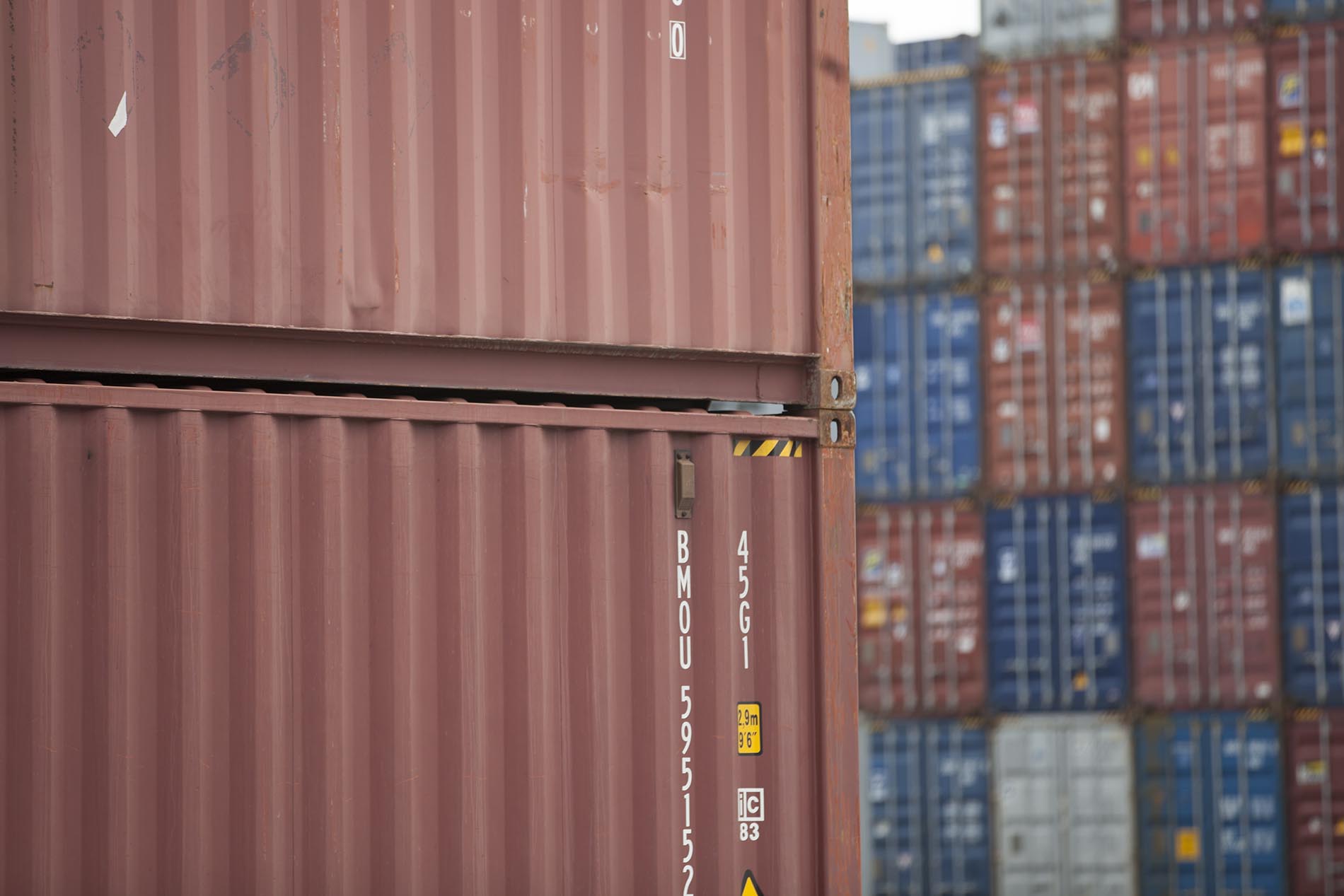This is a continuation of a status discussion. Last time we considered why a “mail clerk” at a shipyard met Longshore Act status.
This time, we’ll discuss the maritime status of a truck driver.
This truck driver works for a food distributor. The food distributor’s customers provide catering services to offshore boats and drilling rigs. So, the truck driver’s employer is in the business of supplying, transporting and vending food supplies. It makes deliveries to docks for offshore delivery by other companies. The driver transports the supplies from the employer’s inland warehouse to staging areas at the docks.
At the docks, the claimant truck driver typically helps the dock employees unload the truck by pushing pallets to the back of the truck where they can be manually unloaded by dock workers, and if the dock workers use a forklift or crane, the driver attaches straps from the pallets to the crane or forklift. On rare occasions he uses a forklift himself, and also on rare occasions he goes on board vessels or speaks directly to crew.
Does this truck driver meet “status” for coverage under the Longshore Act?
Last time, in the case of the mail clerk, we looked at the status question first and then, since the mail clerk met status, we considered whether the section 2(3)(A) exclusion applied.
This time we’ll reverse the order, looking at the potentially applicable exclusion first.
Section 2(3)(D) is the applicable provision:
“Sec. 2(3) – The term ‘employee’ means any person engaged in maritime employment, including any longshoreman or other person engaged in longshoring operations, and any harbor-worker including a ship repairman, shipbuilder, and ship-breaker, but such term does not include –
(D) – individuals who (i) are employed by suppliers, transporters, or vendors, (ii) are temporarily doing business on the premises of an employer described in paragraph (4) (maritime employer), and (iii) are not engaged in work normally performed by employees of that employer under this Act;”
So the first question is whether or not our truck driver is excluded from Longshore Act coverage by this “vendor” exclusion.
The driver meets the first two necessary elements for the application of the exclusion. One, the employer is a vendor, and two, the claimant truck driver was temporarily doing business at the facility of a maritime employer. But what about the third element? He cannot engage in work “normally performed by employees of the employer” (i.e. the employer on whose premises he is temporarily on)? All three elements must apply for the exclusion to be effective.
In this case, the vendor exclusion does not apply. The third element is not met. The truck driver helped the dock employees unload the trucks. That was the dock employees’ job. Thus, the truck driver was engaged in work normally performed by the dock crew, so the driver is not excluded by this provision.
Since the exclusion does not apply, we can consider whether the driver meets maritime status. Was his work covered maritime employment because of the fact that a regular part of his job was pushing pallets to the back of the truck or hooking straps from the pallets to cranes or forklifts? In other words, work that if done by dockworkers might well be considered the first step in the loading process?
In the actual case, the Administrative Law Judge found that the claimant met status because these infrequent but regular duties were an integral part of the vessel loading process. He did regularly get out of the truck and assist in what was arguably part of the loading operation. So we know that he was not excluded by the vendor exclusion, and a small, but regular part of his job was to engage in what appears to have been maritime employment.
The Benefits Review Board reversed the ALJ’s decision. The Board found that the truck driver does not meet status.
Rather than characterizing the driver’s activity as part of the first step or as an intermediate step in the loading process, the Board found that his duties constituted the last step in land transportation. His job was to pick up and deliver food supplies from an inland warehouse to a staging area at the docks. Moving the pallets or fastening crane straps was the last step in the process of land transportation. The food supplies at this point had not yet crossed the invisible line and entered the process of marine cargo handling. Neither his duties, nor the groceries, had crossed the line between delivery by land transportation on one side and marine cargo handling on the other. On his side of the line, it was non-maritime land transportation. On the other side of the line, the supplies entered maritime commerce and the dock workers were engaged in maritime employment.
Although as noted there was testimony to the effect that on rare occasions the driver operated a forklift, or went on board a vessel, the Board concluded that these activities were “incidental to his primary non-maritime responsibility of trucking groceries to the site.”
So, all things considered, this truck driver is not covered by the Longshore Act. It makes sense. It was never the intent of the Longshore Act to cover this type of work or worker.


